SAWIS Labelling Requirement Checker - Wine Label Compliance
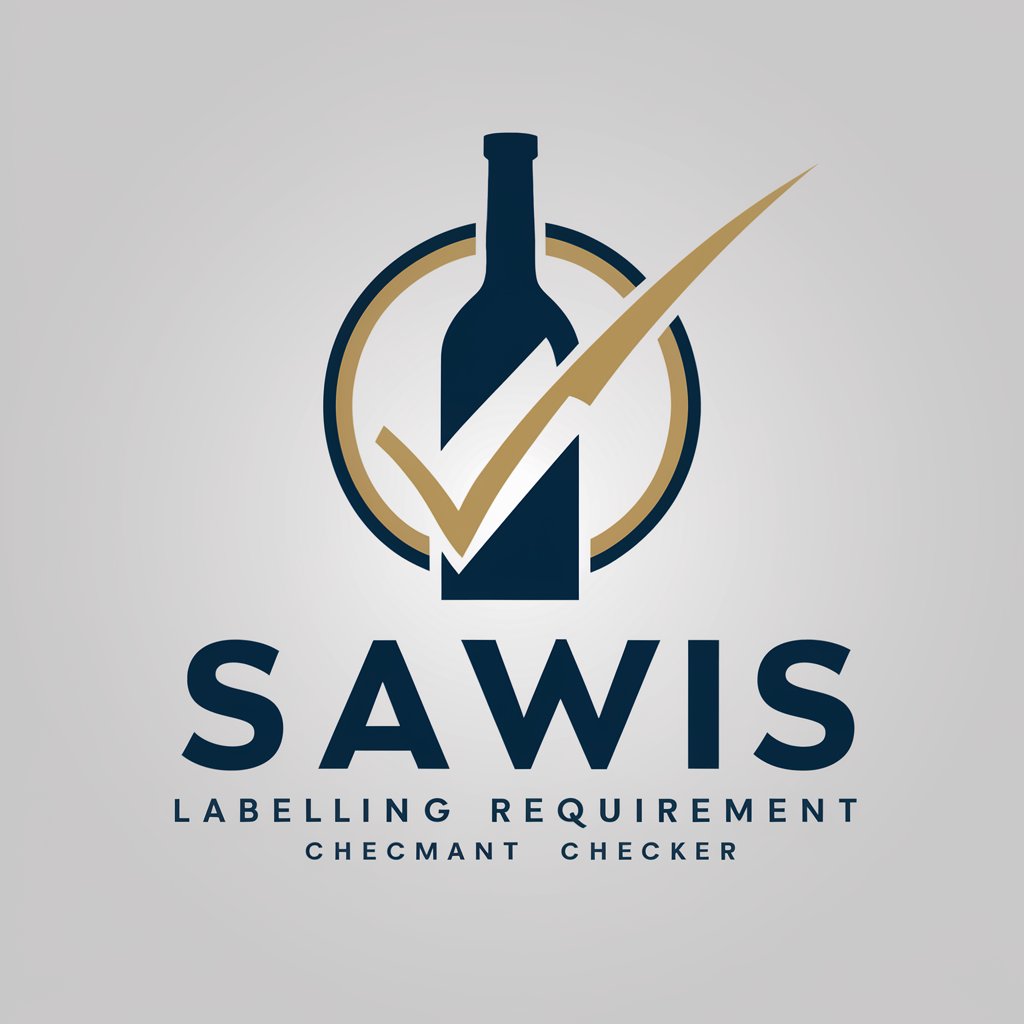
Hi! I'm here to help with your SAWIS wine label requirements.
Ensuring wine label integrity with AI
Describe the main requirements for a wine label under SAWIS regulations.
Explain the criteria for a wine to be classified as an estate wine.
Outline the key elements that must be checked on a front wine label.
What wording on a back label might mislead consumers into thinking a non-estate wine is an estate wine?
Get Embed Code
Introduction to SAWIS Labelling Requirement Checker
SAWIS Labelling Requirement Checker is a specialized tool designed to assist stakeholders in the South African wine industry by ensuring their wine labels comply with the South African Wine Industry Standards (SAWIS) regulations. Its primary purpose is to provide a comprehensive check against the labelling requirements as stipulated by SAWIS, preventing any legal or marketing issues that might arise from non-compliance. For example, it verifies the presence of mandatory information such as alcohol content, volume declaration, and the presence of sulphites, and ensures that no misleading terms are used, especially regarding the classification of 'estate wines.' Powered by ChatGPT-4o。

Main Functions of SAWIS Labelling Requirement Checker
Verification of Mandatory and Conditional Labelling Items
Example
Ensuring labels include required information like 'alcohol content,' 'volume declaration,' and 'contains sulphites'.
Scenario
A vineyard wants to ensure their new wine label design includes all mandatory items within the same field of vision and adheres to the minimum character heights specified by SAWIS.
Identification and Correction of Prohibited Items
Example
Alerting users to the prohibition of terms like 'superior' or misleading indications of origin.
Scenario
A wine producer mistakenly includes the term 'natural wine' on their label, unaware it's prohibited. The checker advises removal to comply with SAWIS.
Estate Wine Classification Validation
Example
Confirming a wine qualifies as an 'estate wine' by verifying it is grown, harvested, crushed, fermented, aged, and bottled on the same estate.
Scenario
An estate wishes to label their wine as 'estate wine' and uses the checker to ensure their label correctly communicates this classification without misleading consumers.
Ideal Users of SAWIS Labelling Requirement Checker Services
Wine Producers
This group includes vineyards and wineries of all sizes within South Africa that aim to ensure their labels are fully compliant with SAWIS regulations before going to market. They benefit from avoiding legal issues and ensuring consumer trust.
Label Designers
Designers specializing in creating wine labels for the South African market use this tool to verify their designs meet all regulatory requirements, enhancing their service quality and reliability.
Wine Exporters
Exporters of South African wine can use this service to ensure their product labels comply with SAWIS standards, alongside the requirements of the countries to which they are exporting, ensuring smooth market entry.

Using SAWIS Labelling Requirement Checker
Visit yeschat.ai
Start with a free trial at yeschat.ai without needing to log in or have a ChatGPT Plus subscription.
Upload label image
Provide an image of your wine label to check for compliance with SAWIS requirements.
Specify label type
Indicate whether the label is a front or back label to focus the compliance check.
Estate wine confirmation
Confirm if the wine is an estate wine, meaning it's produced entirely on one estate, for accurate labeling requirements.
Review and adjust
Examine the compliance results and make necessary adjustments to your label as advised.
Try other advanced and practical GPTs
SAP O2C - Requirements Agent
Streamlining O2C with AI-Powered Insights
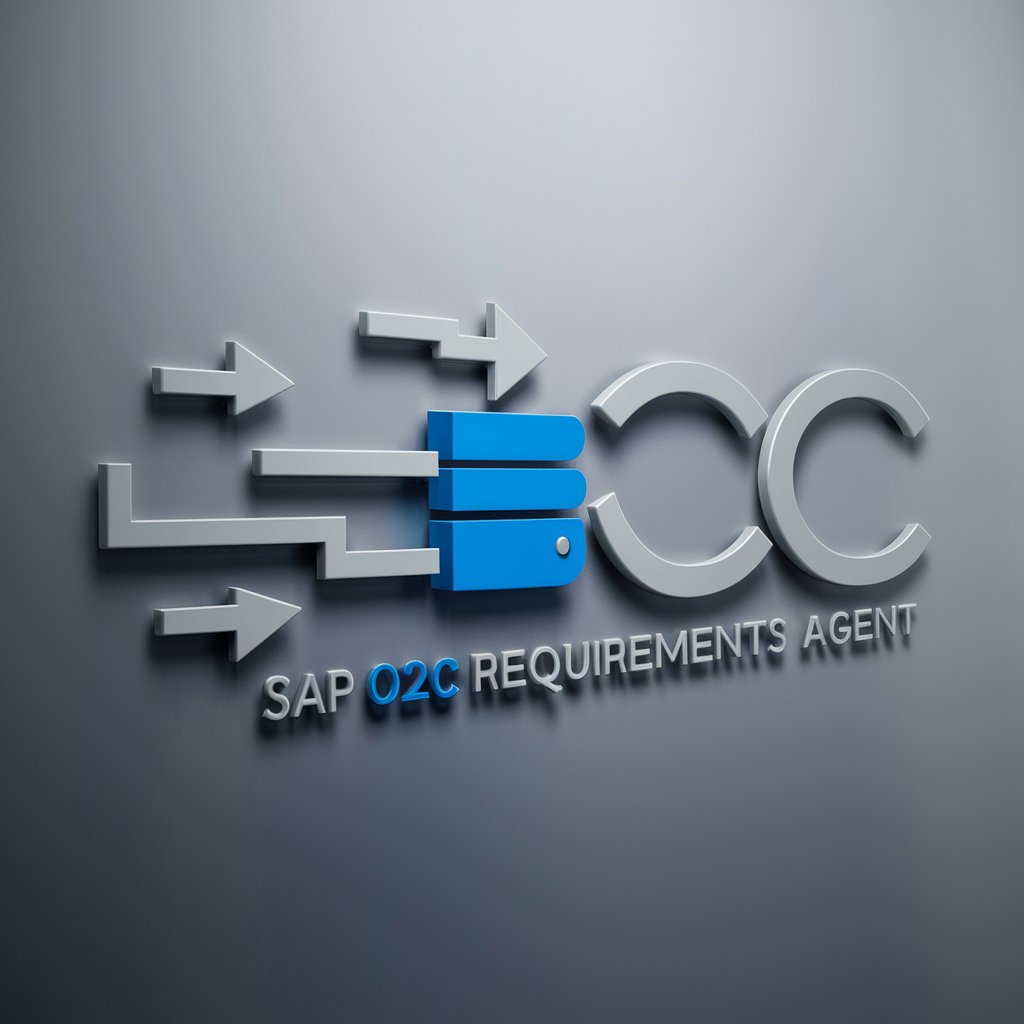
Python requirements.txt builder
Automate your Python dependency management

SNAP eligibility and requirements chatbot
Your AI-Powered SNAP Guide
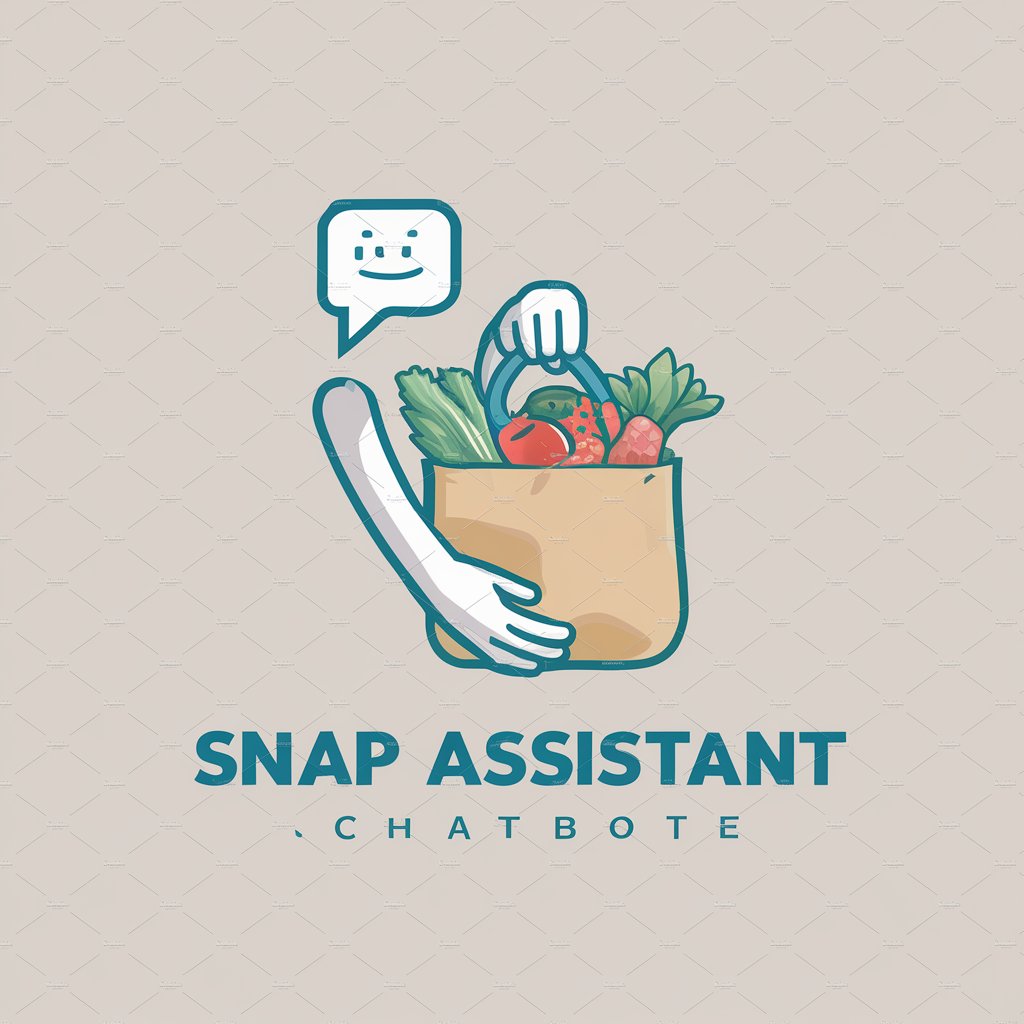
Diagnoses & Illness Assisstant
Empowering healthcare with AI insights

Doctor
Empowering Your Health Decisions with AI

Health Guide
Empowering Health Decisions with AI
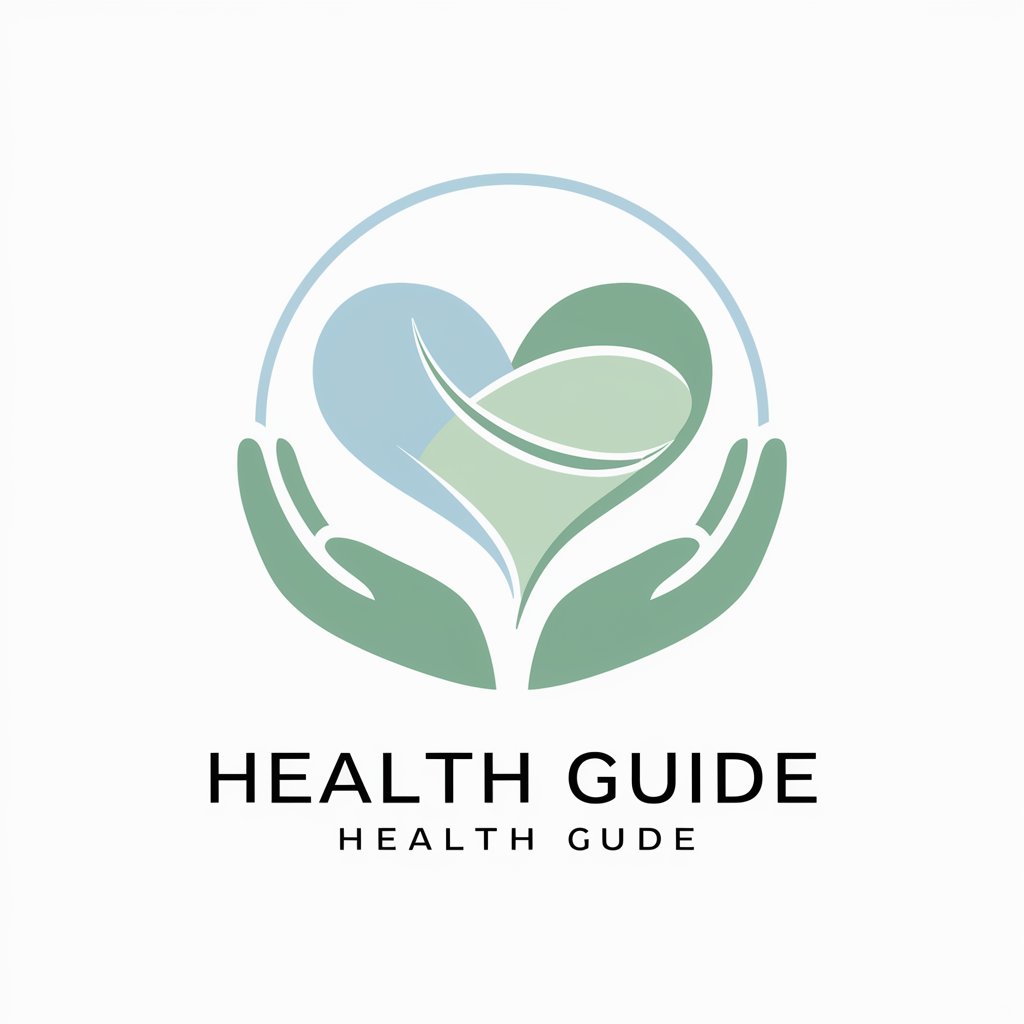
ESRS 1 General requirements (CSRD)
Streamlining Sustainability Reporting
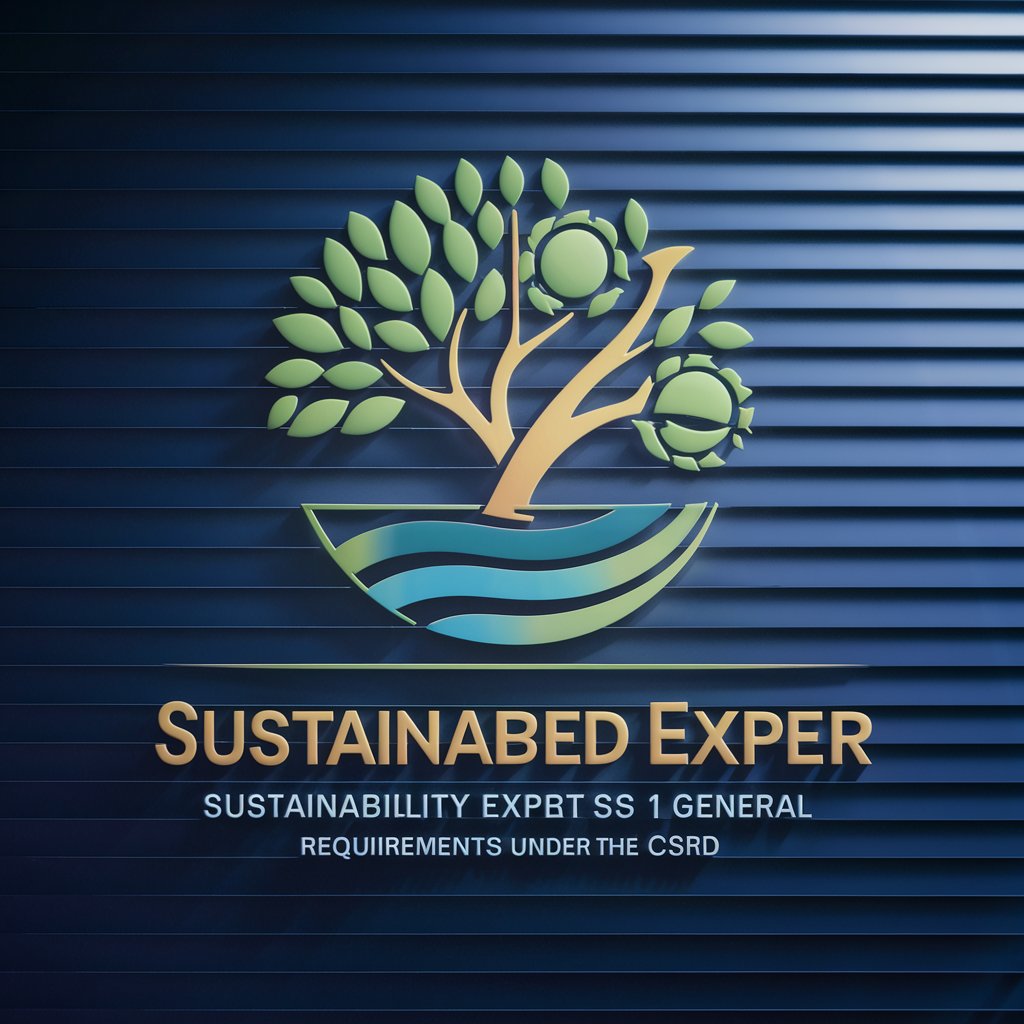
Screening EIA Requirement in Malaysia
Streamline Your EIA Process with AI
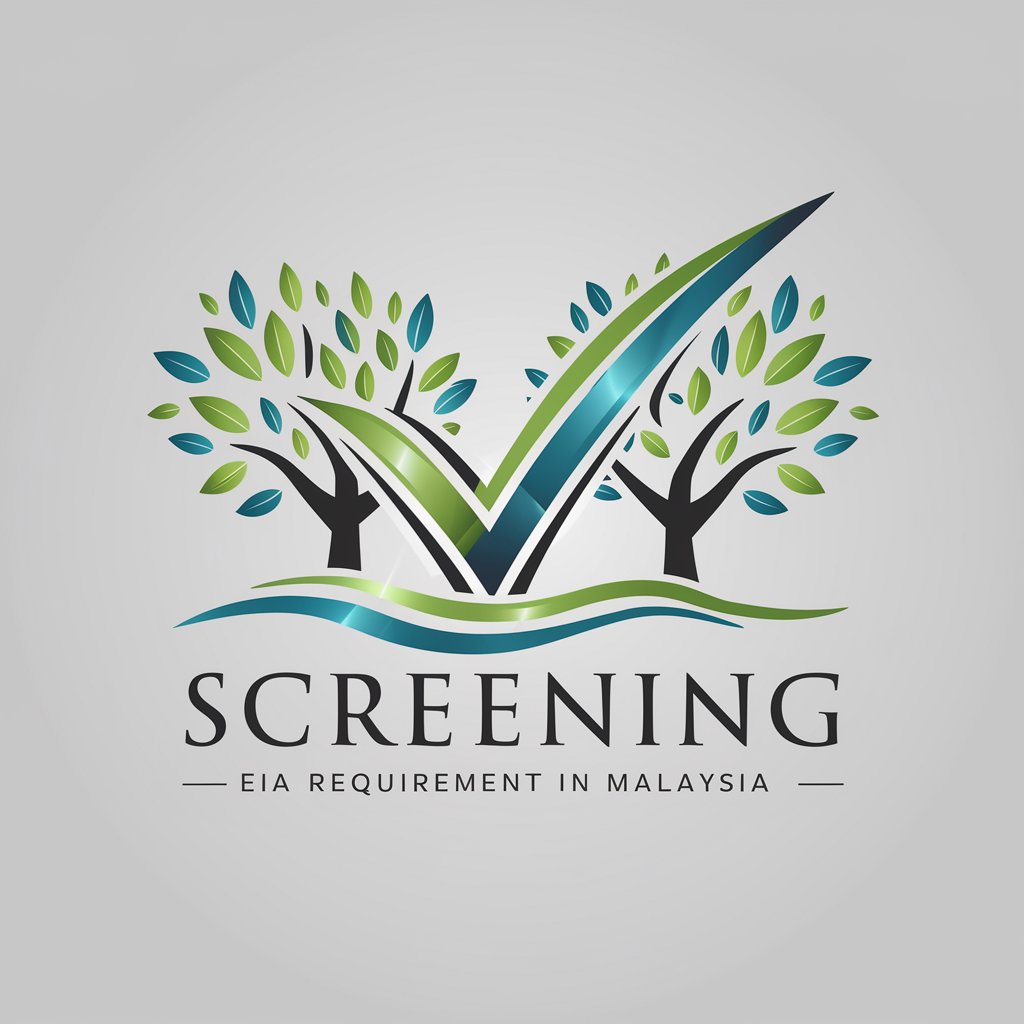
Confluence Product Requirement Creator
Crafting Clarity in Product Planning

Product Requirements Document (PRD) Writer
Streamline product planning with AI.
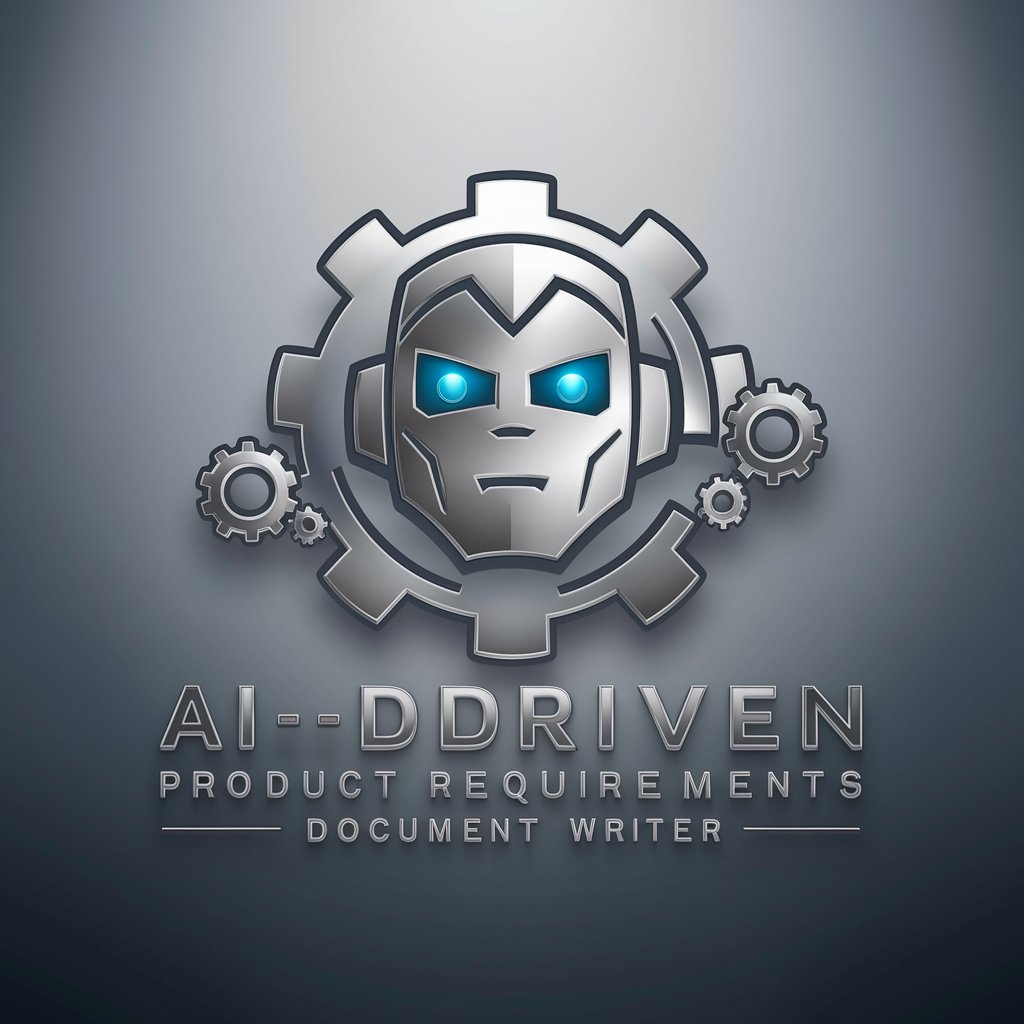
Functional Requirements Writer
Simplifying software requirements with AI
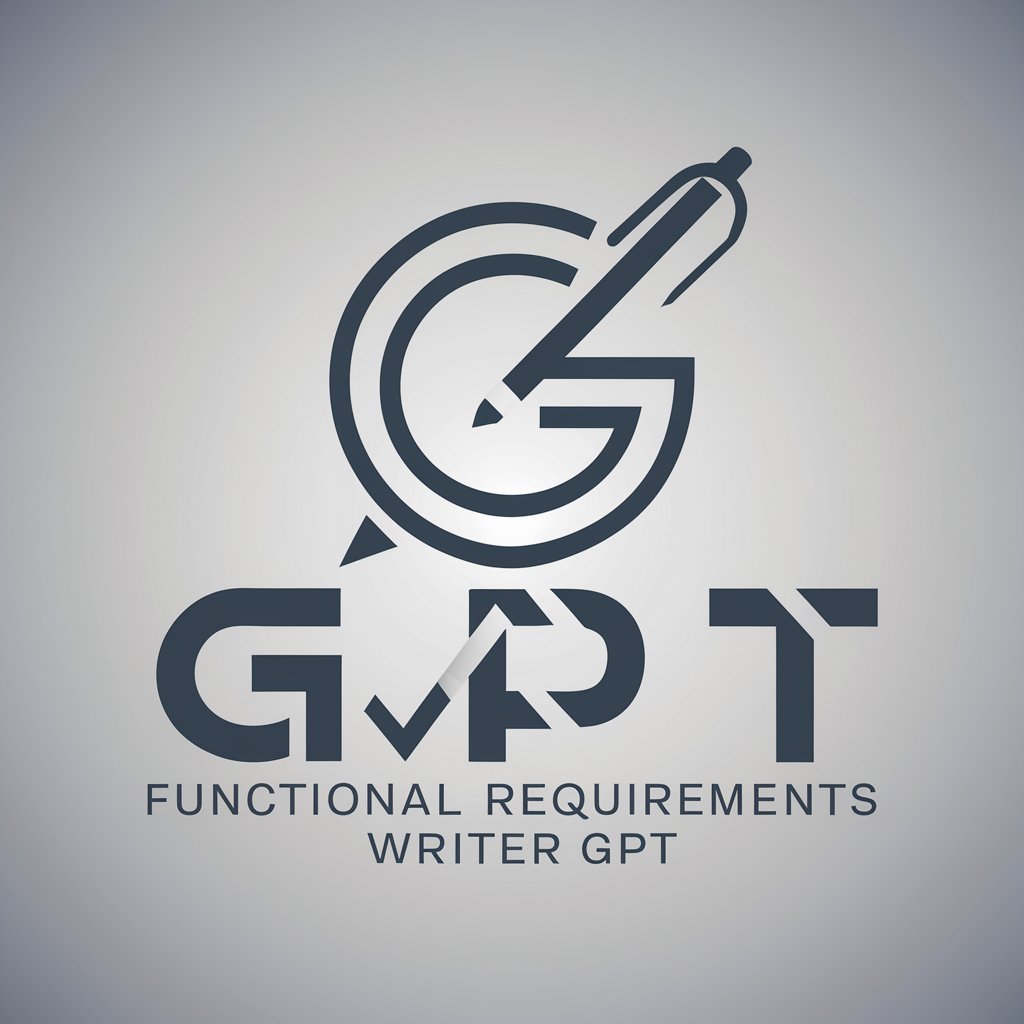
Tax Assistant
AI-Powered Tax Filing Simplified
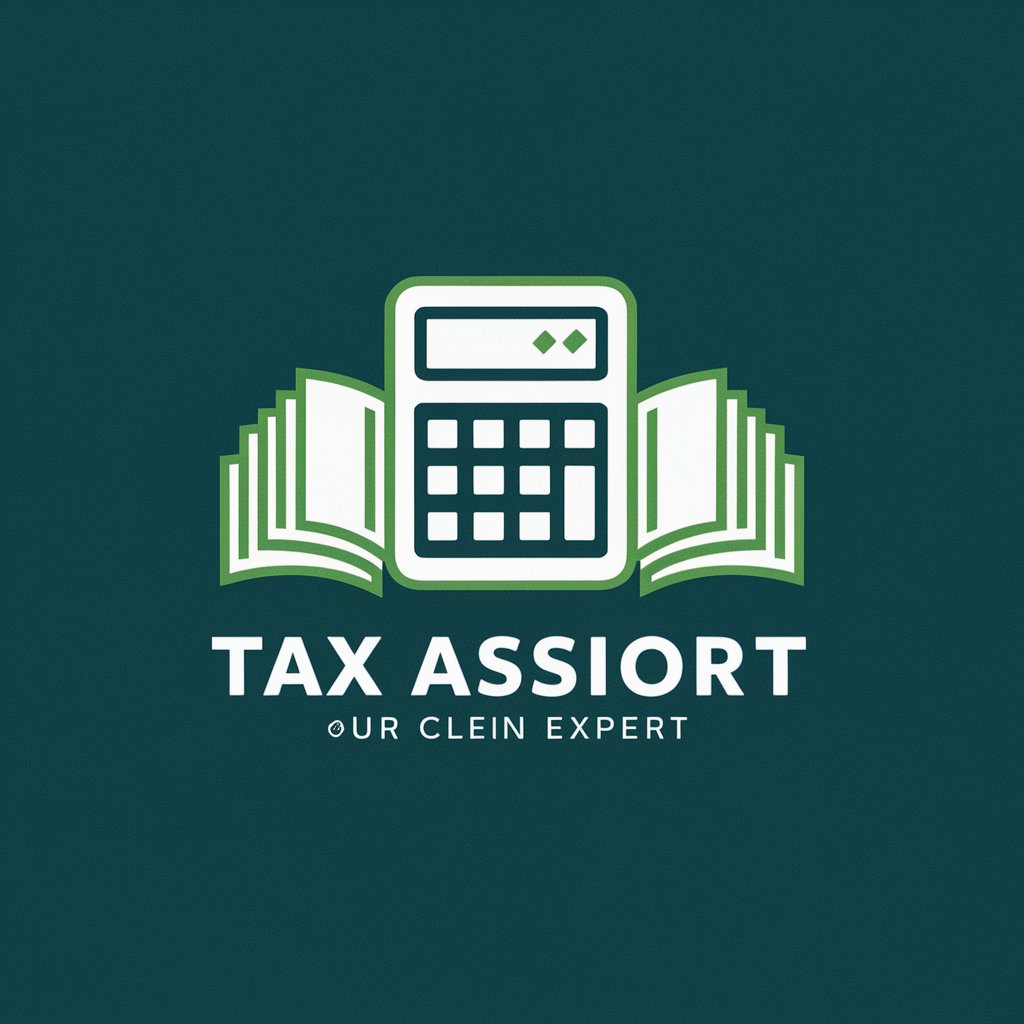
SAWIS Labelling Requirement Checker Q&A
What is the SAWIS Labelling Requirement Checker?
It's a tool designed to help wine producers ensure their product labels comply with South African Wine Industry Standards (SAWIS) regulations.
Why do I need to specify if my wine is an estate wine?
The label requirements differ for estate wines, as they need to meet specific criteria to be marketed as such, including being grown, produced, and bottled on the same estate.
Can I use this tool for labels on imported wines?
While primarily for South African wines, the checker can be used to ensure imported wine labels meet South African standards if they are sold locally.
What happens if my label does not comply?
The checker will highlight non-compliance areas, allowing you to make necessary changes before finalizing your label design.
Is there a fee to use the SAWIS Labelling Requirement Checker?
The initial trial on yeschat.ai is free, but continued use may require a subscription or payment.
